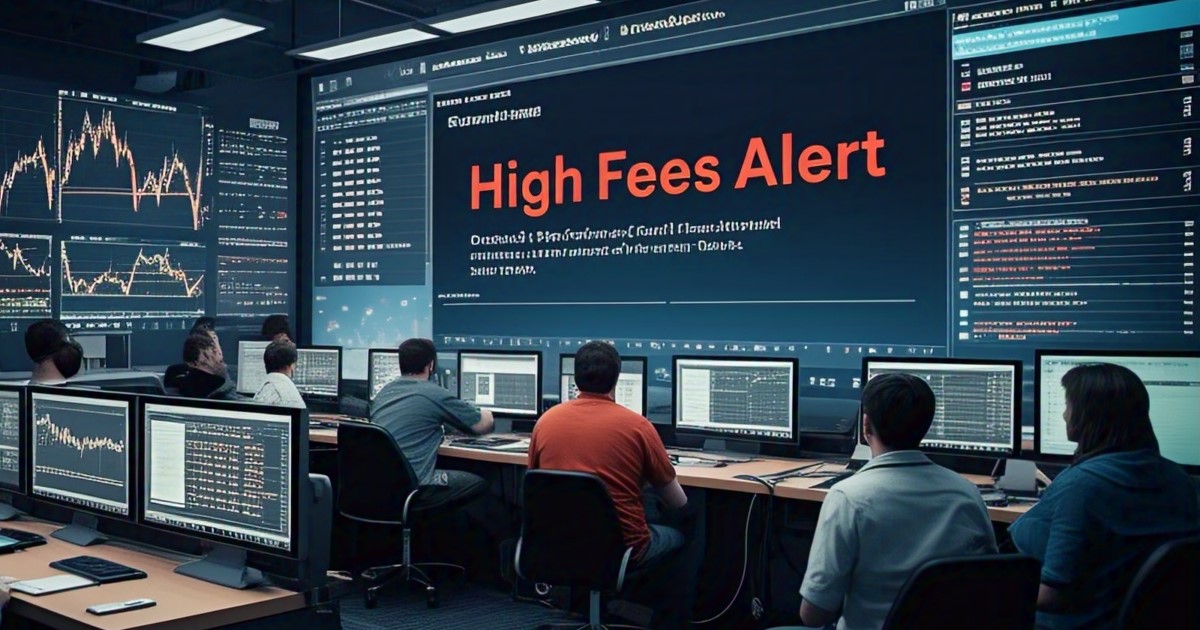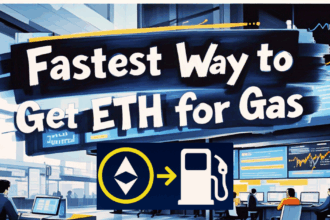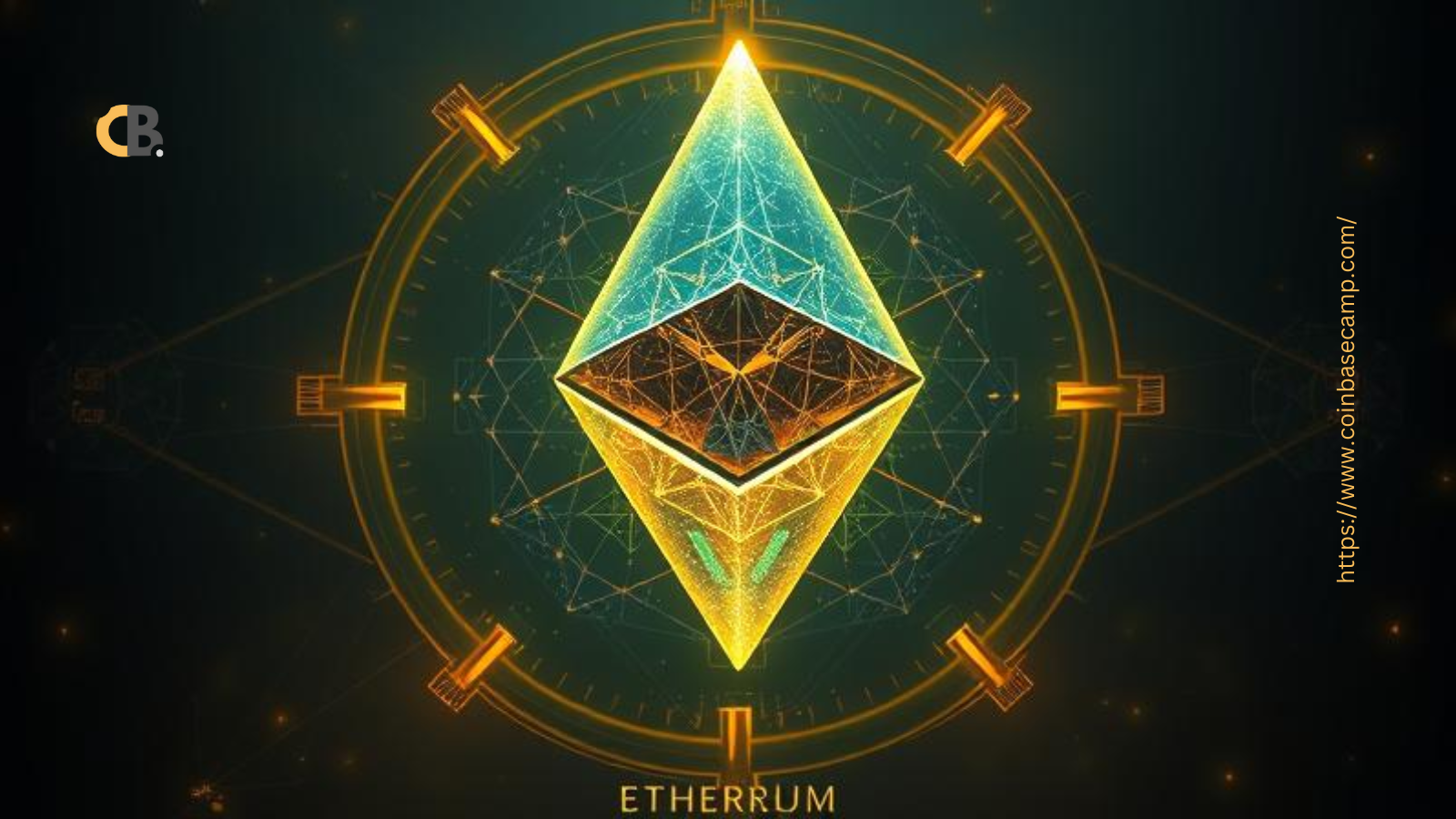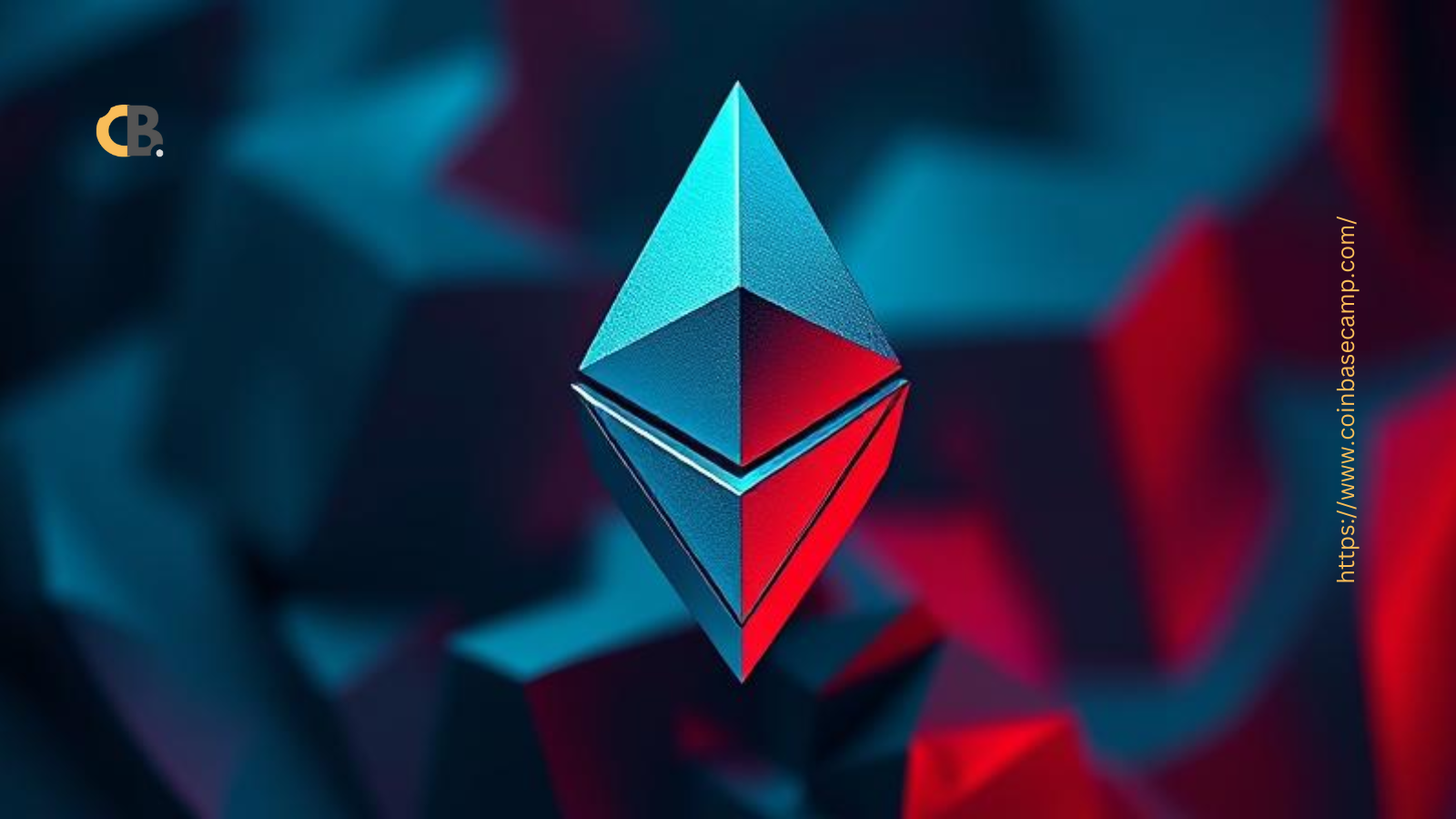Ethereum users often face the challenge of high gas fees, which can make simple transactions expensive. Many are actively searching for solutions on how to reduce gas fees on Ethereum, especially during periods of network congestion. Whether you’re making a swap, minting an NFT, or transferring tokens, finding the best ways to reduce gas fees is essential for saving money. If your wallet is empty, knowing the fastest way to get ETH for gas can save you time, stress, and failed transactions.
Popular search terms like how to avoid high Ethereum gas fees and ways to reduce gas fees highlight growing frustration among users. Thankfully, strategies like how to track gas fees, timing your transactions, using Layer 2 solutions, and optimizing gas settings can make a noticeable difference. Tools such as MetaMask and Trust Wallet allow you to adjust gas manually, helping you avoid unnecessary fees and optimize gas fees effectively.
Ethereum is one of the most popular blockchains in the crypto world, but it’s also known for its high gas fees. Gas fees are payments made to miners to process your transactions. These fees can get expensive, especially during busy times. But don’t worry—there are smart ways to save on gas fees without giving up the benefits of using Ethereum.
Let’s dive into three proven ways to reduce your gas fees, and check out some bonus tips along the way!
1. Timing Your Transactions Wisely
Ethereum gas fees can change a lot during the day. Sending transactions when the network is less busy can save you big money.
Gas fees rise and fall depending on how many people are using the network. When everyone is making transactions at the same time, fees spike. By watching the trends and choosing less busy hours, you can reduce gas fees on Ethereum easily.
Pro Tip:
The best times to make transactions are usually early mornings or weekends (UTC time). Tools like Gas Now or ETH Gas Station can help you track live gas fees.
Helpful Tools:
- Gas Now – Live gas fee tracking.
- ETH Gas Station – Check current gas fees and network status.
- TxStreet – Visualize real-time transaction activity.

2. Optimize Your Gas Settings
Customizing gas settings in your wallet can help you save money without risking failed transactions.
Most wallets, like MetaMask, automatically set your gas fees, but they might not always pick the best rate. Learning to adjust your gas limit and gas price can lower your fees. However, be careful not to set them too low, or your transaction could fail.
Pro Tip:
Always check the recommended gas fees before making changes, and use “slow” or “economy” options if your transaction isn’t urgent.
Popular Wallets with Gas Settings:
- MetaMask – Browser and mobile wallet with gas fee controls.
- Trust Wallet – Mobile wallet allowing manual gas adjustment.
- MyEtherWallet – Web-based wallet for Ethereum.
See Also: How to Budget for Gas Fees in Defi
3. Use Layer 2 Solutions – Best Ways to Reduce Gas Fees on Ethereum
Layer 2 networks let you make fast and cheap transactions by moving activity off the main Ethereum chain.
Ethereum Layer 2 solutions like Arbitrum, Optimism, and zkSync are growing fast. These tools handle transactions off-chain and then settle them on Ethereum, which reduces gas fees massively. Many DeFi platforms now support Layer 2, so you can swap, trade, and stake at much lower costs.
What is Slippage and How to Avoid it in Cryptocurrency Trading?
Very Important:
You have to send your crypto on these layer 2 networks for cheaper transaction cost. But Keep in mind they are operating as layer 2 solution on Ethereum native blockchain. After you transfer your assets on these layer 2 networks, you will only be able to transact assets that are only compatible with these layer 2 networks. If the asset you want to trade is not on these layer 2 networks, then you have to bear with Ethereum native blockchain to make the trade successful.
Popular Layer 2 Platforms:
- Arbitrum – Fast, low-cost Ethereum Layer 2 solution.
- Optimism – Scalable Ethereum Layer 2 with growing dApp support.
- zkSync – Zero-knowledge rollup for cheap, secure transactions.
- Polygon – Popular Layer 2 platform with broad dApp ecosystem.
Layer 2 Bridges (to move your assets):
- Hop Protocol – Bridge tokens between Ethereum and Layer 2.
- Orbiter Finance – Fast and low-fee bridging service.
Bonus Tips for Reducing Gas Fees
- Batch Transactions: Some wallets and apps let you bundle transactions together to save on fees.
- Avoid Gas Wars: Gas wars happen when many users try to process transactions at the same time (for example, during NFT launches). Try to avoid these periods to keep fees low.
- Stay Updated: Follow crypto news and communities to get alerts about network congestion and fee changes.
Final Thoughts on How to Reduce Gas Fees on Ethereum
By timing your transactions, optimizing your gas settings, and using Layer 2 solutions, you can save a lot of money while still enjoying everything Ethereum has to offer.
Whether you’re a beginner or an experienced trader, these simple strategies can help you avoid high Ethereum gas fees and keep your crypto journey affordable.
Additionally, crypto enthusiasts are looking for tips to avoid costly gas wars on Ethereum, especially during popular NFT drops or DeFi launches. Keywords like crypto gas fee optimization tips and how to reduce Ethereum gas fees suggest that users want not only to cut costs but also to stay ahead of fee spikes. Platforms like Arbitrum, Optimism, and zkSync have become go-to solutions for those seeking low-fee alternatives. By combining smart transaction timing, bridging to Layer 2 networks, and staying updated with live gas trackers, Ethereum users can successfully reduce Ethereum gas fees and enjoy smoother, more cost-effective blockchain experiences.
These are the practical ways to reduce Ethereum gas fees, from using Layer 2 networks to optimizing transaction timing and smart contract efficiency.
Stay tuned for Coinbasecamp Latest Crypto News;














